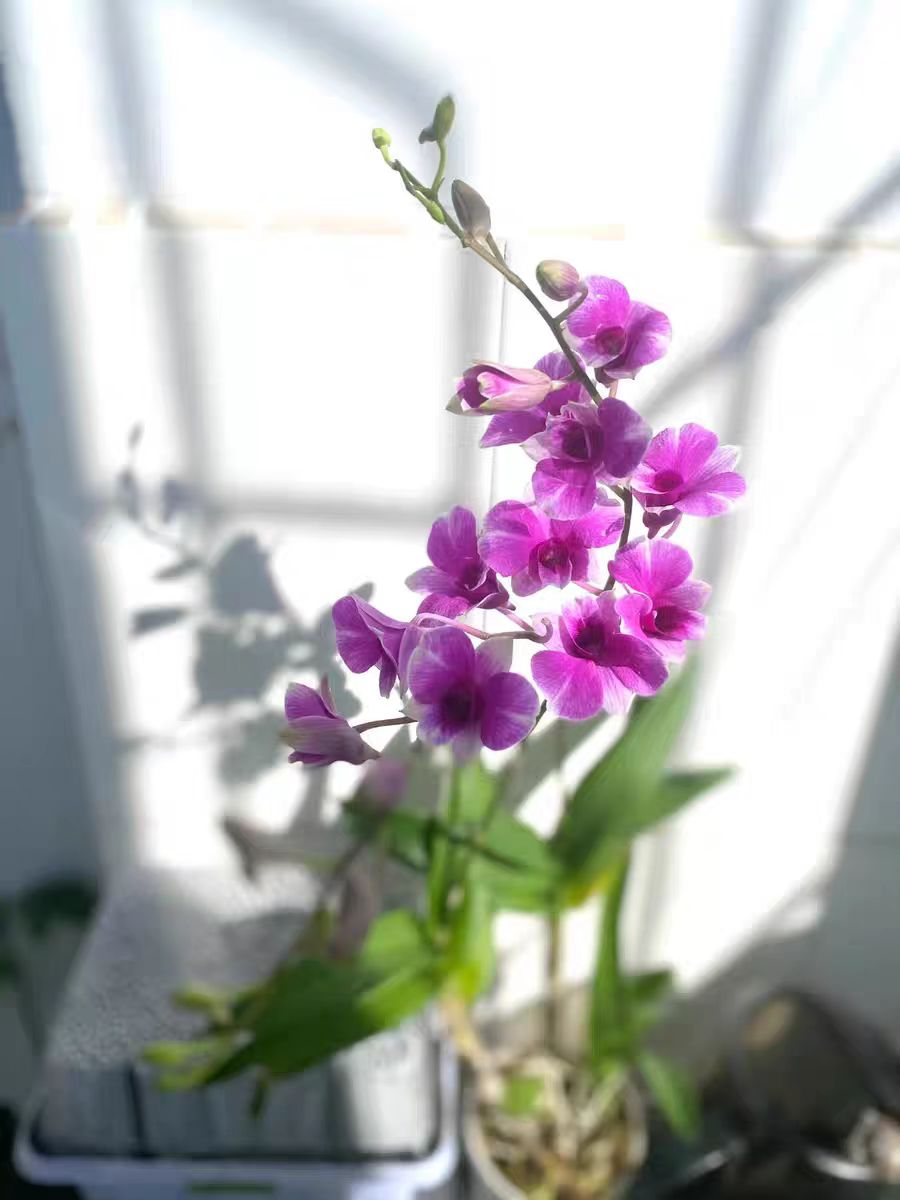When cultivating Phalaenopsis, the choice of planting materials is crucial, and bark is one of the commonly used options. However, many flower enthusiasts wonder: which type of bark is ideal, and does it need to be fermented?
For Phalaenopsis, the bark must excel in air permeability and water retention! The most widely used is pine bark, especially decomposed pine bark, which is hailed as a "golden planting material." Pine bark has a loose texture with natural gaps, ensuring air circulation while absorbing water during watering and releasing it gradually. In addition to pine bark, willow bark is also an excellent choice. It contains salicylic acid, which aids in plant root growth—like a "tonic" for Phalaenopsis. If these are unavailable, oak bark can be used, though its water retention is relatively weaker, so watering frequency should be appropriately increased.
When selecting bark, never pick it randomly from the roadside! Choose clean bark without insect damage or pathogens. For online purchases, opt for particles sized 1–3 cm; those too large won’t anchor roots, while too small ones may retain excess water.
Here’s the key point: does bark need to be fermented? The answer is yes! Unfermented bark is a ticking time bomb. Fermenting in the pot generates heat that can burn Phalaenopsis roots, and the process easily breeds bacteria, causing root rot.
How to ferment bark? It’s simple! First, break the bark into small pieces, soak them in water for 2–3 days to fully hydrate. Then drain, place in a sealed bag or plastic bucket, add water and EM bacteria (optional), and leave in the sun. Open and turn the mixture weekly to prevent overheating. When the bark darkens, softens, and emits a faint earthy fragrance, it’s fermented. This process takes about 1–2 months—don’t skip it!
After fermentation, don’t use the bark immediately. Soak it in potassium permanganate solution for 30 minutes or scald with boiling water to kill residual eggs and pathogens. Finally, mix it with sphagnum moss and perlite to complete the Phalaenopsis planting medium.
In short, choosing the right bark and fermenting it properly will help Phalaenopsis develop robust roots and bloom profusely. Next time you buy bark, follow these steps, and your Phalaenopsis will surely send up continuous flower spikes!
What kind of bark is suitable for Phalaenopsis planting materials?

Share with
Tagged in :




Leave a Reply